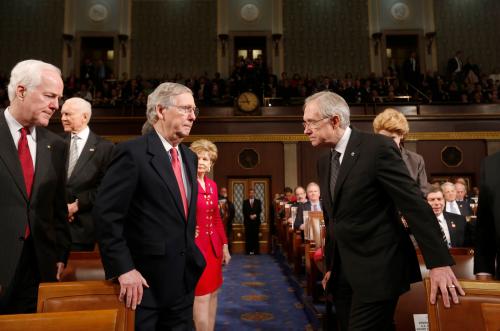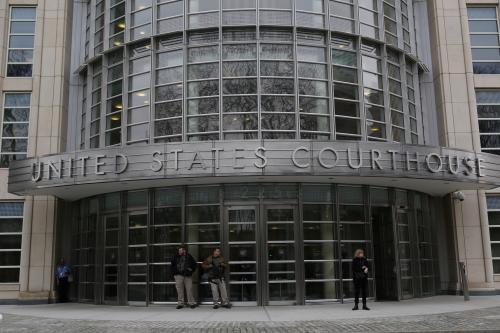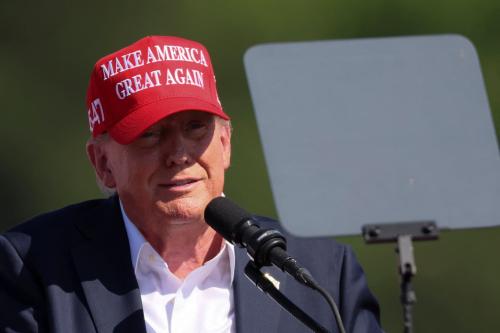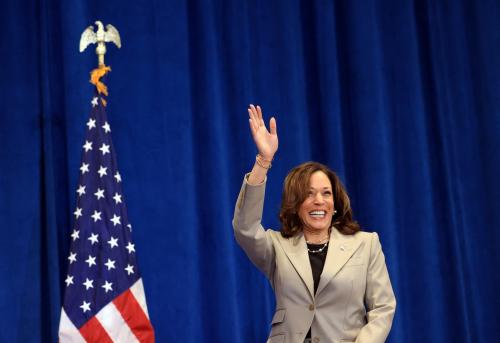When racial progress is actively being pursued, there are people who will fight tooth and nail to preserve inequality. To protect democracy and our country’s future, it is imperative that the Senate begin to employ a “civil rights exception” to the filibuster.
“The Senate cloture rule requires 60 members to end debate on most topics and move to a vote.” Among other things, this protects the minority party and opinion. Eliminating the filibuster would mean only a simple majority is needed to end debate. In the current 50-50 Senate, Vice-President Kamala Harris could break a tie in favor of the Democrats to pass these important pieces of legislation (assuming a party line vote).
The House of Representatives recently passed HR1 and The George Floyd Justice in Policing Act. Regarding the former, it is the best way to ensure that everyone has the right to vote equitably. The latter aims to hold law enforcement more accountable to the communities they serve. As I stated recently on The Laura Coates Show, the George Floyd Justice in Policing Act is “the most transformative piece of legislation on law enforcement that we’ve ever had in this country.” And, as I have written, Republicans and Democrats are not drastically far away on police reform. The biggest issue is qualified immunity, which should be addressed.
Though The Voting Rights Act of 1965 is often lauded as the benchmark legislation that equalized voting, Republican-led state legislatures have actively worked to dilute it over the years. In the landmark Supreme Court case of Shelby v Holder, they did just that. As a response to former President Obama’s election, Republicans in states across America, but particularly in the south, actively worked to make it more difficult for people to vote.
In the 2013 Shelby v. Holder case, the Supreme Court ruled that states no longer had to obtain federal approval to make changes to its voting practices and laws. This change led to the closing of over 1,000 polling places around the country, particularly in purple states like Georgia, Texas, and Arizona. After losing Georgia and the 2020 presidential election, Republicans have doubled down on these efforts. A recent Supreme Court ruling could further limit The Voting Rights Act after it voted to overrule a U.S. Court of Appeals that ruled against Arizona voting restrictions “disproportionately disadvantaged minority voters.” University of Florida Professor Michael McDonald from the Elect Project said, “I don’t say this lightly. We are witnessing the greatest roll back of voting rights in this country since the Jim Crow era. I appreciate the desire for bipartisanship, but Manchin and Sinema need to understand that history will not look kindly upon their filibuster defense.”
Recent Republicans efforts are puzzling because even though they lost the presidency and the Senate, more people voted for a Republican presidential nominee ever in history. It just so happens that person ranked number two to President Joe Biden who received the most ever. While it is mostly historically true that lower voter turnout benefits Republicans and higher voter turnout benefits Democrats, there are opportunities for new pathways. Rather than rolling back progress, a better strategy for Republicans seems to be working to increase the vote of people living in rural America and building upon coalitions of disgruntled liberals and younger Black people, Latinos who are more conservative, and Asian Americans who value a smaller government over a larger one. In this regard, they should support HR1.
Interestingly, the same year Shelby v. Holder passed, Democrats eliminated the filibuster to confirm executive and judicial nominees (other than to the Supreme Court) of former President Obama. This is because some Republicans, led by Senator Mitch McConnell, aimed to prevent Obama’s selections. For the judicial branch, they were largely successful. In turn, Trump was able to appoint roughly the same number of federal appellate judges that Obama did across his two terms. Some of these appointed judges have allowed states like Texas to further restrict access to the polls. Georgia is aiming to do the same.
But, Republicans subsequently curtailed the filibuster as well. For example, they did it to appoint Neil Gorsuch to the Supreme Court. Ironically, after failing to even vote on Judge Merrick Garland for the Supreme Court under former President Obama, the Senate has failed to as of yet vote to confirm Judge Garland to be the Attorney General over the Department of Justice.
Similar to the Union bargaining with Confederates during Reconstruction, which subsequently led to Jim Crow, or the Supreme Court prematurely removing civil rights protections for voting, our country is once again at a fork in the road of racial progress. Will we double down on racial progress or allow it to roll back?
When a country has had nearly 350 years of overt, systemic racial discrimination, 55 years is not enough time to prevent the progress train from falling off the tracks and going in reverse. It is clear that many of our elected officials who nostalgically draw upon past eras are not equipped to objectively vote our pursuits for an equitable future. An exception to the filibuster must be carved out for civil rights legislation. Reynolds lays out potential pathways for getting around and even eliminating the filibuster.
Still, we have to keep in mind that the most racial progress in our country has not come from Senate votes, or even a Democrat-led House of the present or a Republican-led one of the past. It has come from the President’s pen. President Biden, your pen is on deck.






Commentary
The case for a civil rights exception to the filibuster
March 8, 2021